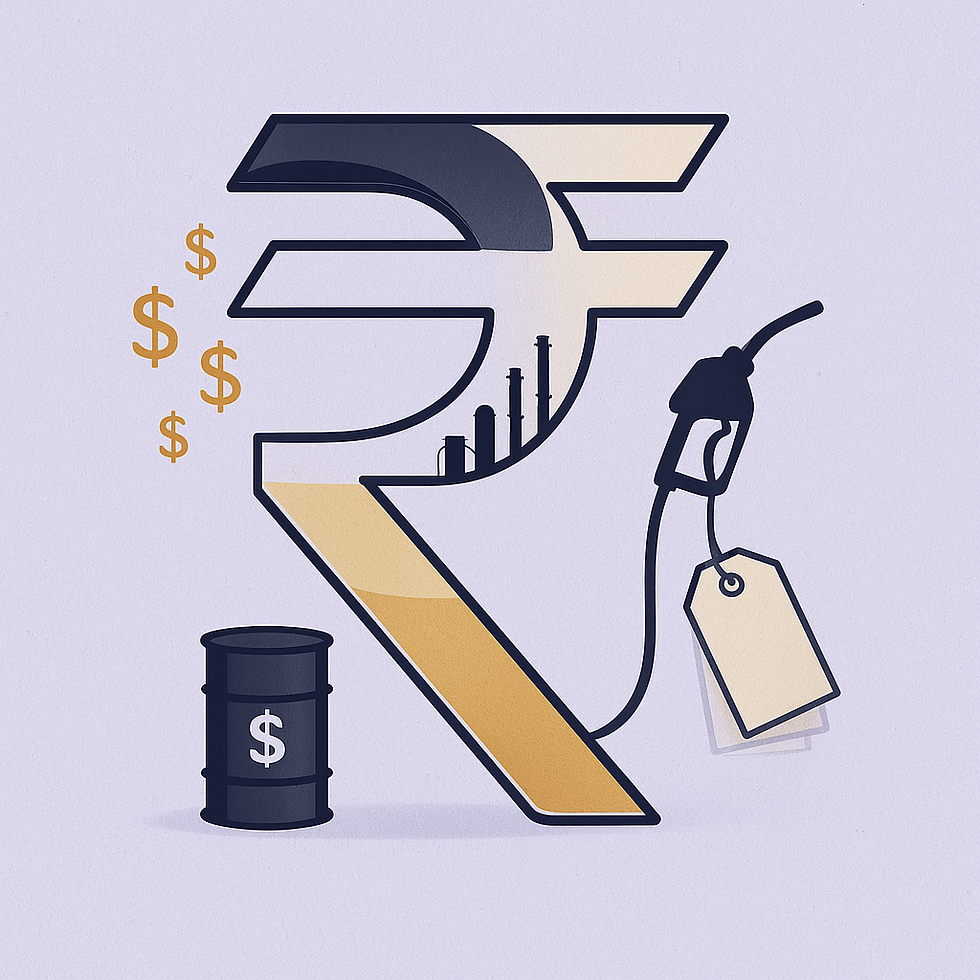Urban India’s Mental Health Surge Leaves Many Behind
- T John
- Apr 15
- 2 min read
Urban consultations soar, but a massive treatment gap and workforce shortages leave millions behind

The Big Thing : India’s urban centers have seen a dramatic spike in mental health consultations, signaling a shift in stigma and demand — but most people who need help still aren’t getting it.
By the numbers: The data tells a fascinating story:
A 353% jump in online mental health consultations in India from 2019 to 2022
India’s public health system employs just 0.3 psychiatrists per 100,000 people, compared to the global median of 1.6.
Treatment gap: Between 70% and 92% of Indians with mental illness receive no formal treatment.
Why it matters:
Urban India is actually moving the needle on conversations and action around mental health — with Delhi, Mumbai, and Bengaluru leading both in awareness and actual appointments.
The numbers show a real demand for mental health support, especially after COVID-19 made these conversations mainstream.
Yes, but:
Tier 2 and 3 cities are seeing faster growth in queries, but real access remains poor — and reliable city-by-city data is sparse outside the top metros.
Most Indians with a mental health condition still aren’t getting any help, even in the cities where awareness is highest.
Reality check:
Big metros still have a massive shortage of professionals — Delhi has about 2.1 psychiatrists per 100,000 people, while rural areas can have as few as 0.2 per 100,000 (Lancet Psychiatry).
Most platforms and hospitals are centered in these cities, leaving smaller towns and rural India dramatically underserved.
The bottom line: India’s largest cities are driving a quiet revolution in mental health. The shift is real — and the numbers prove it — but unless policies and training keep pace, the majority of Indians will still be left behind.
What’s next:
Keep an eye on how government initiatives like Tele-MANAS and digital health startups expand to smaller towns.
The conversation around mental health is growing louder — but India’s real test is turning queries and awareness into genuinely widespread, accessible care.



